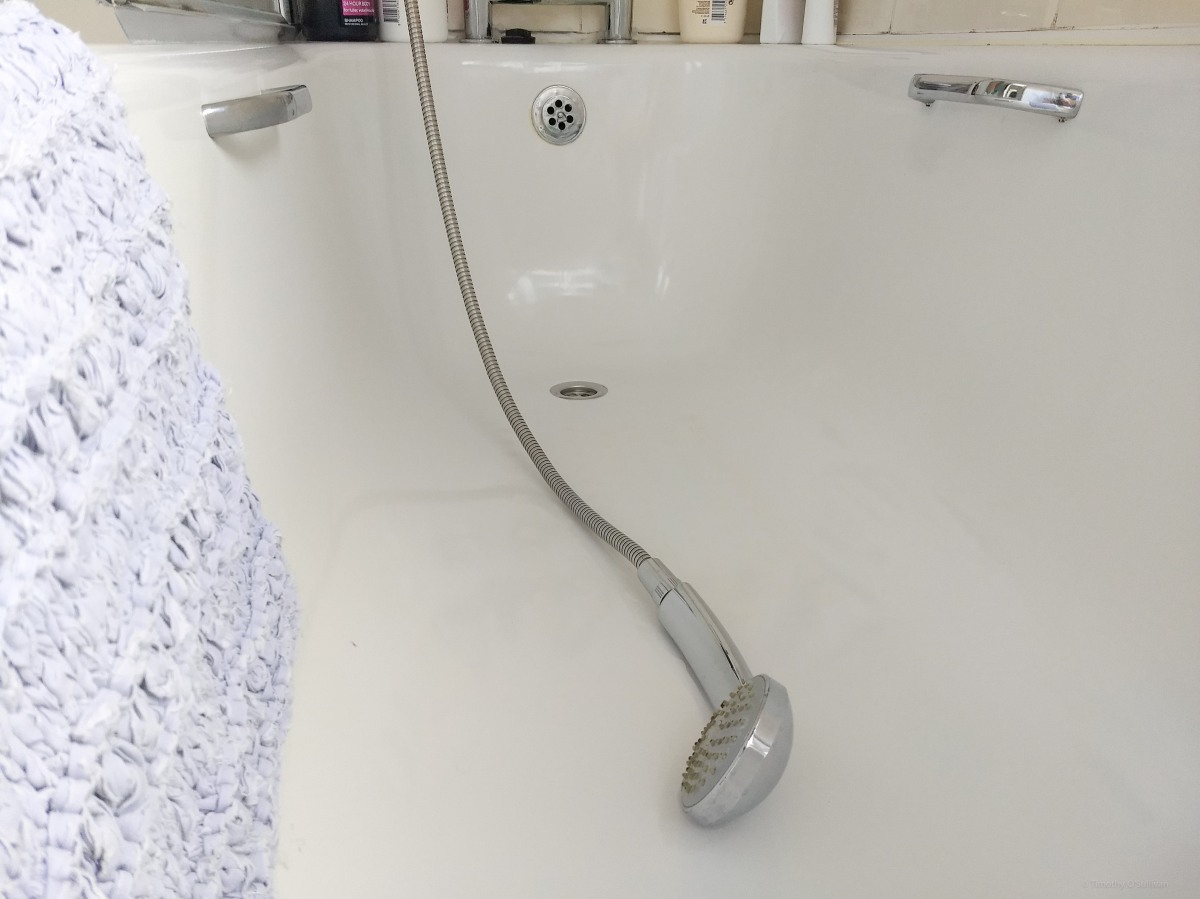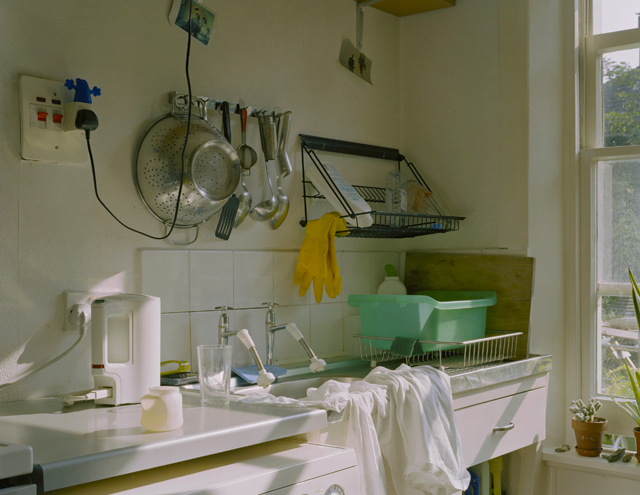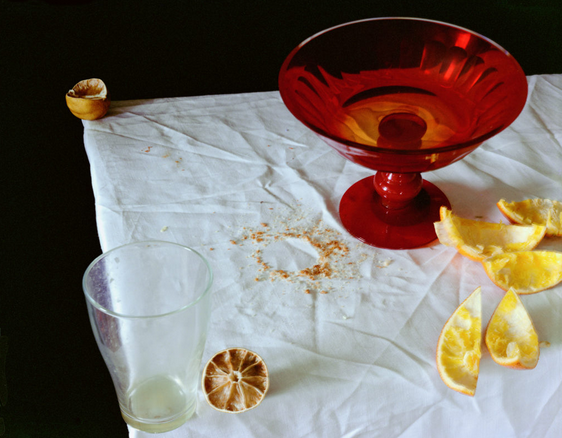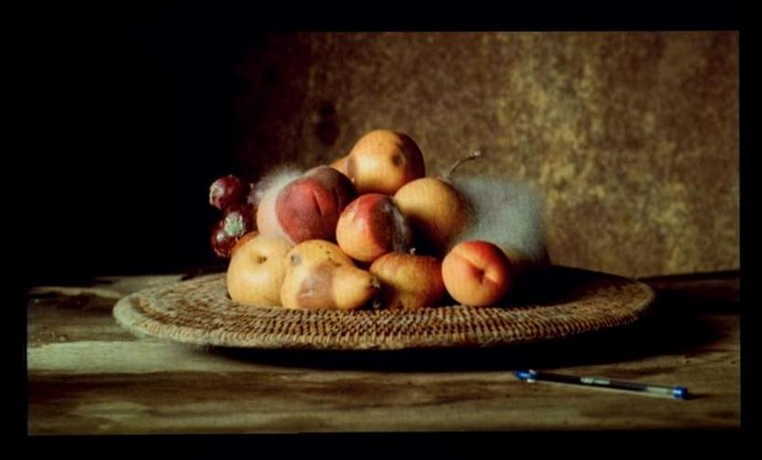How often do you see people walking and reading their texts or on the train and reading their tablet rather than enjoying the view? What are they missing?
I’ve become quite cynical on this topic, and so I’m only briefly going to say enough to tick the box. The advances in technology are wonderful, but it seem to come at a heavy cost. People not enjoying the view from the train is only one part of our unhealthy obsession with our phones and tablets. I’ve noticed for a long time in my workplace, that many of my colleagues would much rather bury their heads in their phone than interact with their fellow employee. I’ve witnessed the children of friends that are developing poor social skills, with reduced use of their imagination and the constant demand for stimulation from technology. Who’s to blame? Their parent, who are probably as bad, although their brains were fully developed before they began their relationship with tech. If people happen upon something of interest or an occurrence that breaks from the norm, now their first instinct is to reach for the phone camera, rather than enjoy the moment for what it is.
Recently, I struck up a conversation with an American tourist in a bar, asking him where and what in Ireland he had seen so far on his trip. Unable to tell me anything, even in simple and general terms, the guy produced his phone and was able to show me all the pins he’d dropped and the photographs he’d taken in each location. The guys seemed to be more concerned with the number of pins he was racking up than the experience of a foreign country.
It’s a pretty sad state of affair when getting ‘an Instagram like’ is put in the same category as taking drugs or drinking alcohol for the production of dopamine (pleasure) levels in the body.
Reference
Parkin, S. (2018) ‘Has dopamine got us hooked on tech’, The Guardian [online], 4 Mar, available: https://www.theguardian.com/technology/2018/mar/04/has-dopamine-got-us-hooked-on-tech-facebook-apps-addiction [accessed 23 Aug 2018].
Yates, E. (2017) ‘What happens to your brain when you get a like on Instagram’, Business Insider UK [online], 25 Mar, available: http://uk.businessinsider.com/what-happens-to-your-brain-like-instagram-dopamine-2017-3?r=US&IR=T [accessed 23 Aug 2018].




















